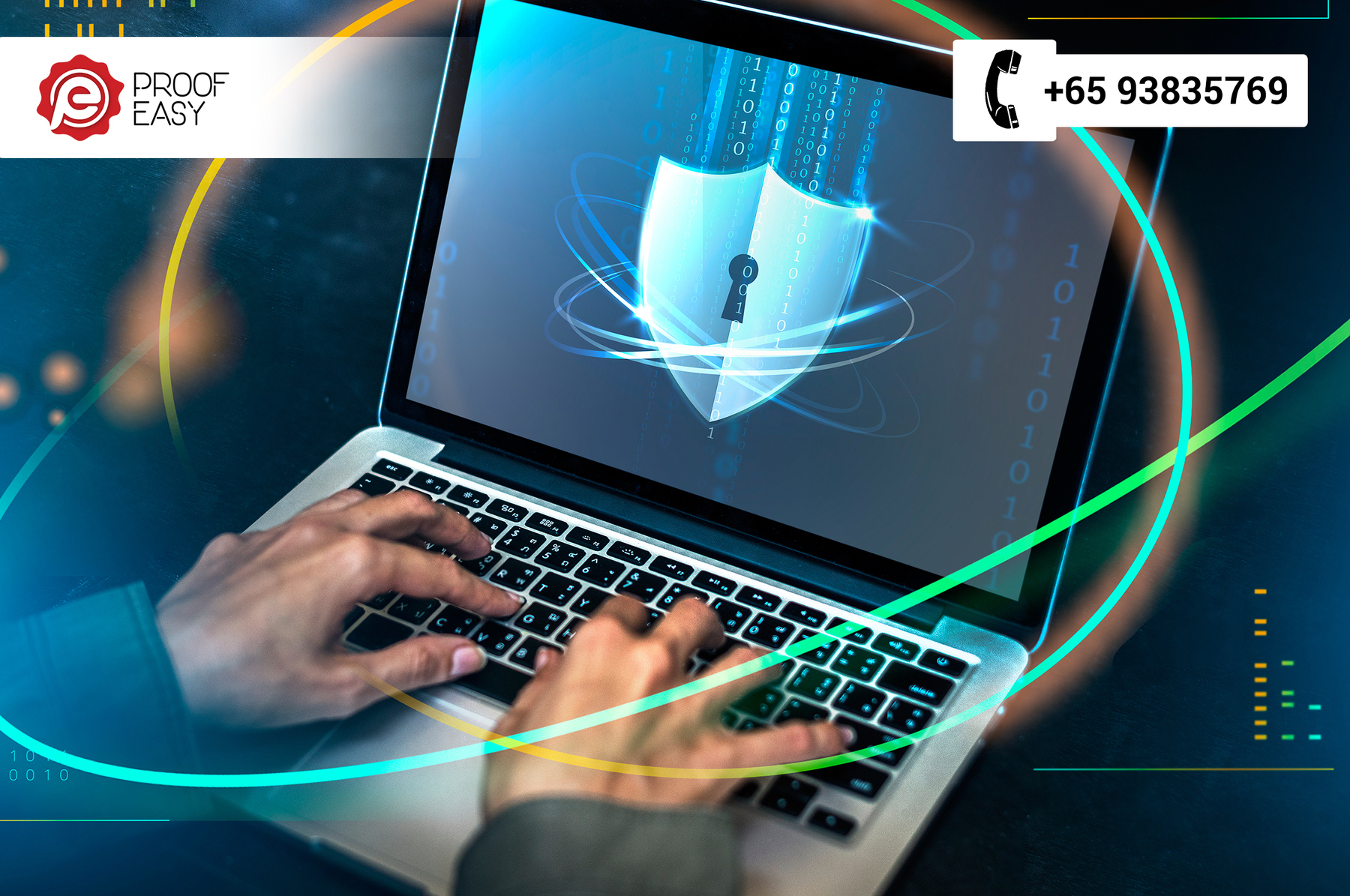Quick solution to tampered documents with the help of QR codes
Security features alone cannot guarantee the integrity of a document. Perfect document security is an unattainable goal. Security measures must be regarded as reducing the risks of forgery or unauthorized alteration or misuse, not eliminating those risks. In this context, QR codes can go a long way for educational institutes to prevent fake certificates. Apart from this, academic institutions must use anti-counterfeit technologies that make illegal copying or reproduction difficult and provide a means to verify legitimate credentials. Furthermore, the issuance of these credentials must be tightly controlled by each educational institution so that electronic verification can be easily conducted on credentials presented for employment. Although degree fraud is becoming more common and sophisticated, it doesn’t take much for employers to protect themselves from its ill effects.
Certificate design
Fraudsters often believe that an ornate, Gothic typeface denotes prestige and tradition, and many of the fake certificates we have encountered use this technique. In the real university world, this sort of typographical representation became outdated at around the same time as single gender common rooms and rustication. By and large, most contemporary fake certificates are modelled on their real-world counterparts. However, there are still many old school fake certificates in circulation.
Certificate language
As well as a florid appearance, the fake degree certificate is weighed down by pompous and ponderous prose. No university puts a sort of cod-medieval lingo on their degree certificates - if you come across it, be suspicious. The use of Latin terminology on a degree certificate should also be a warning sign. Expressions such as ‘cum laude’ are popular with US universities, whereas UK higher education institutions (HEIs) use ‘with honours’. It has not been practice for UK providers to issue degree certificates in Latin for at least 10 years. Contemporary certificates are in English. Latin versions are occasionally issued as mementos, but are supplementary to the English version.
By using a QR code reading app, a person can hold their device over the QR code to scan it. The application will then show the user the authentic certificate on their device. Hence, they can compare the document to find out if the certificate they are seeing is fake or original. Here, the system looks into that hash value inside the QR code and then checks the hash value given on the blockchain network. It finally displays the educational certificate linked to the blockchain. To know more visit >> bit.ly/3Af108M
